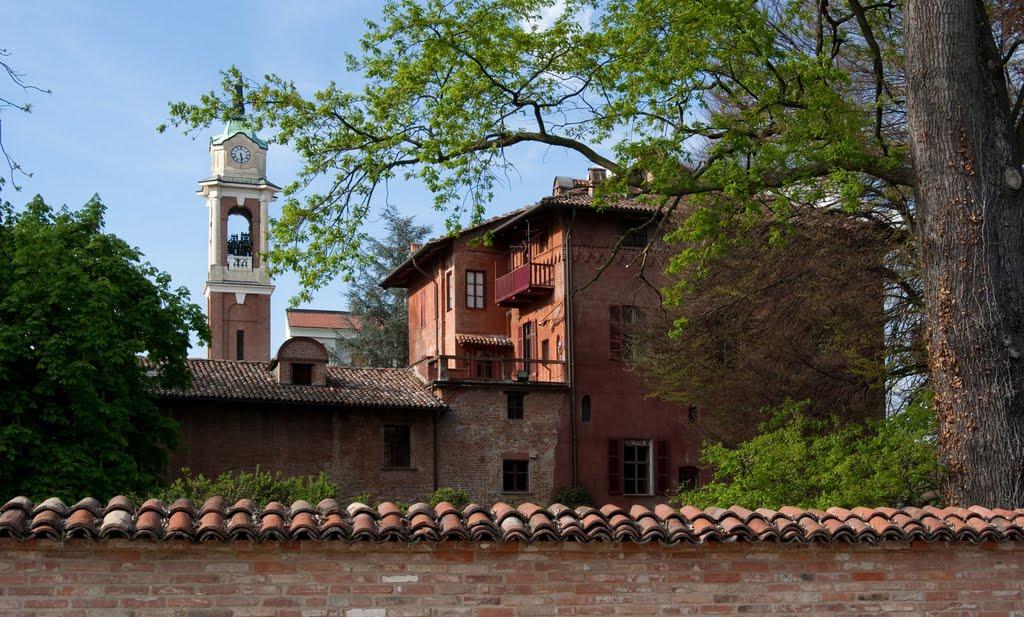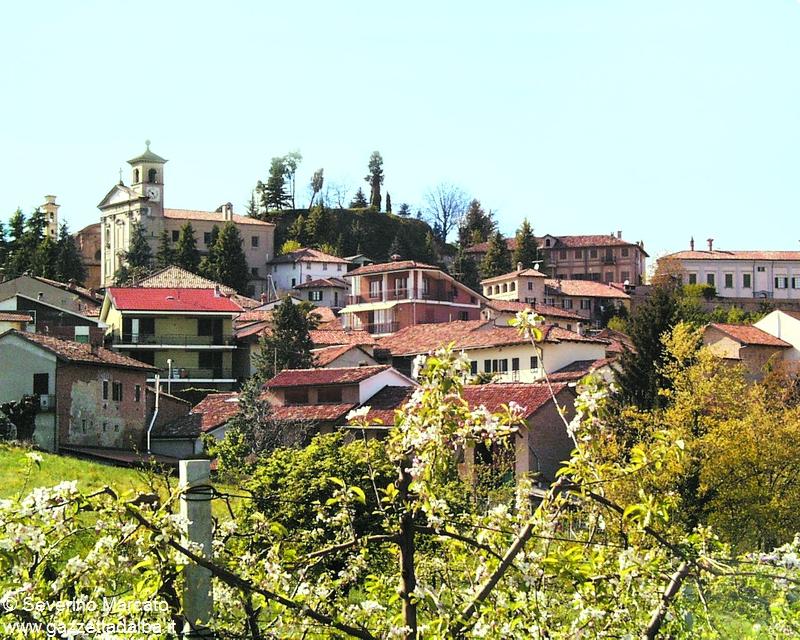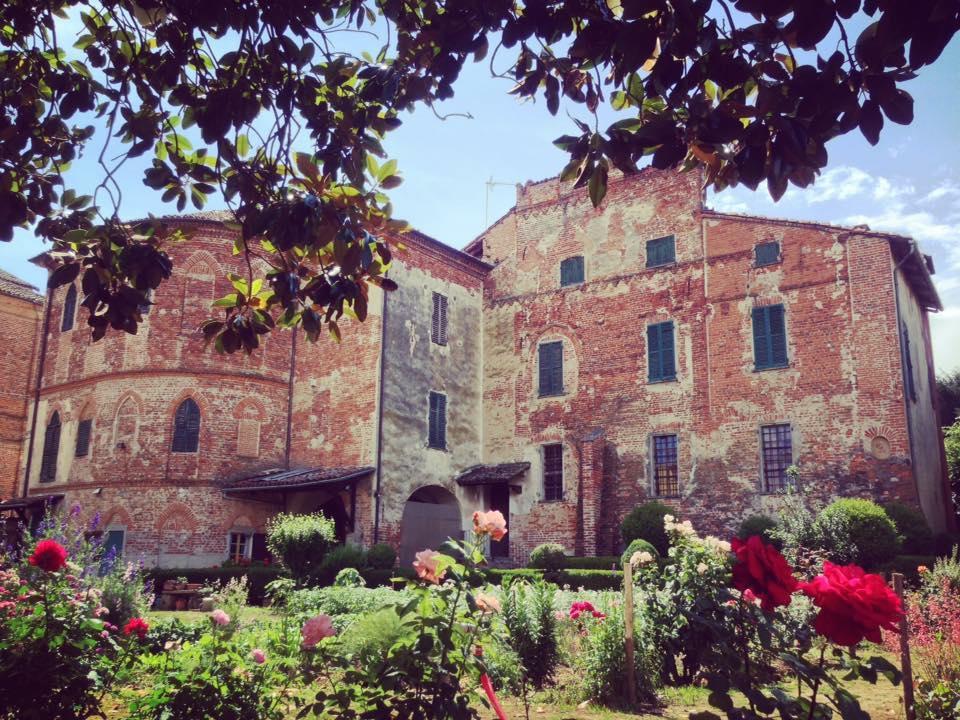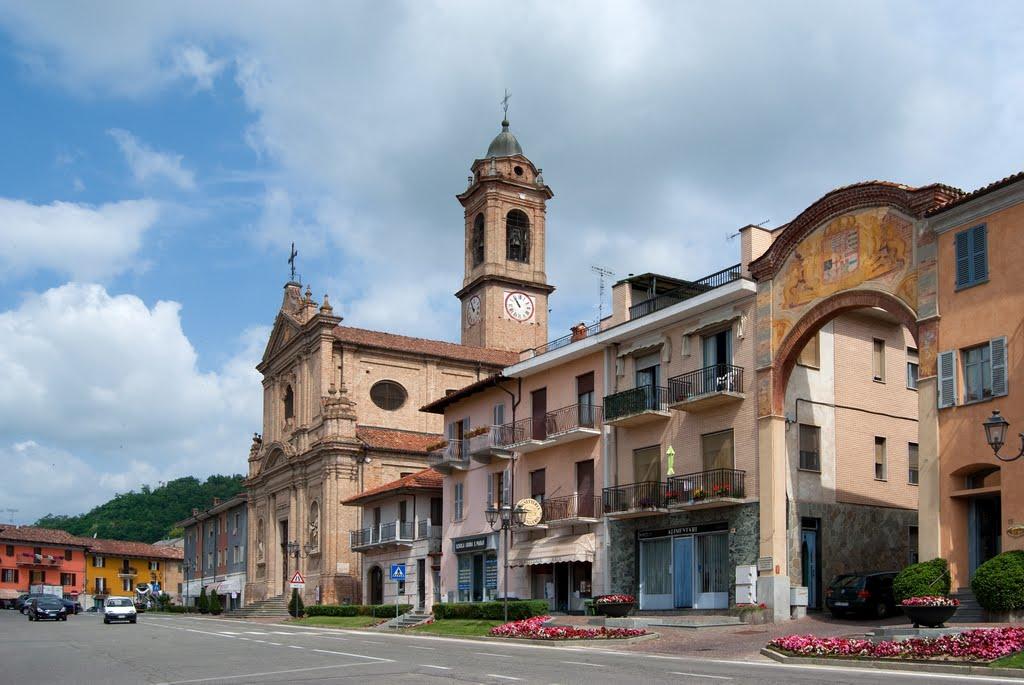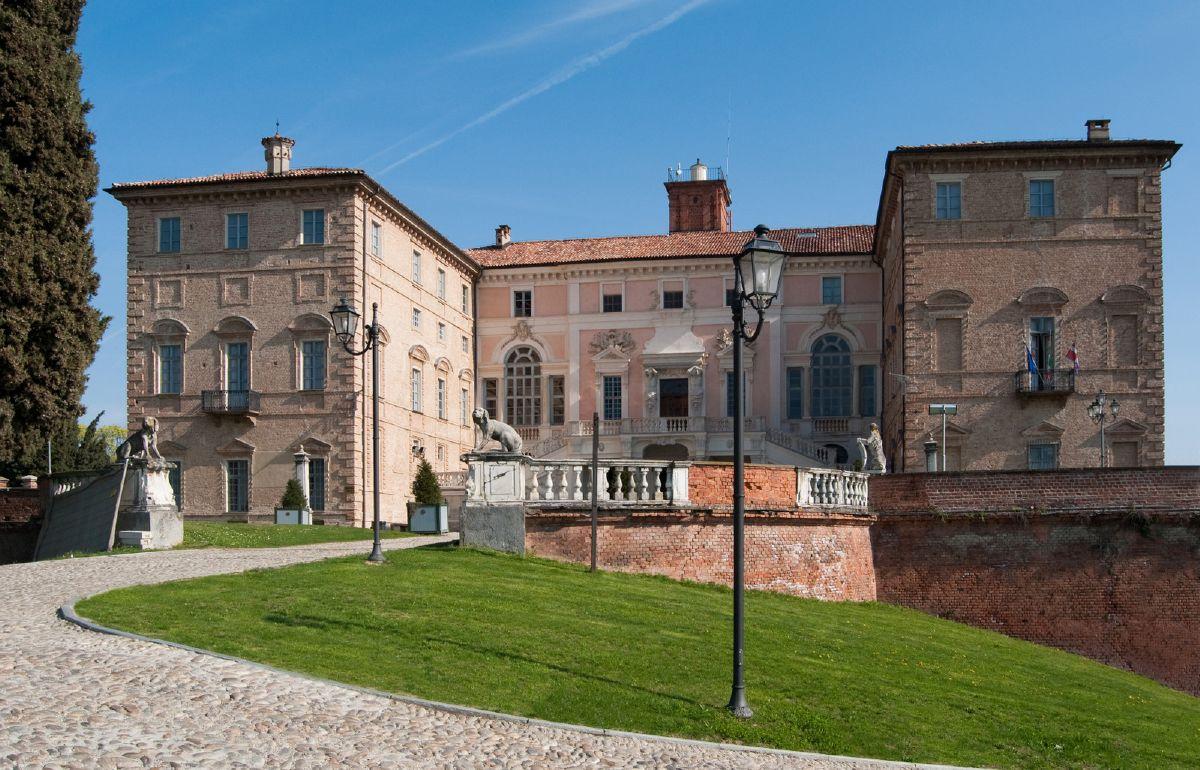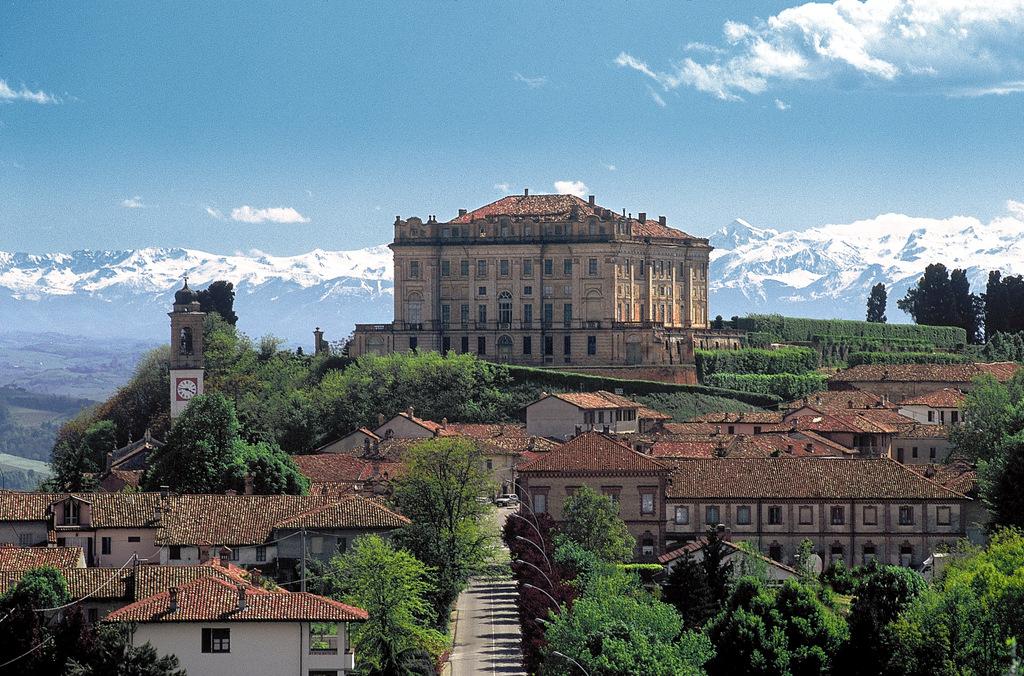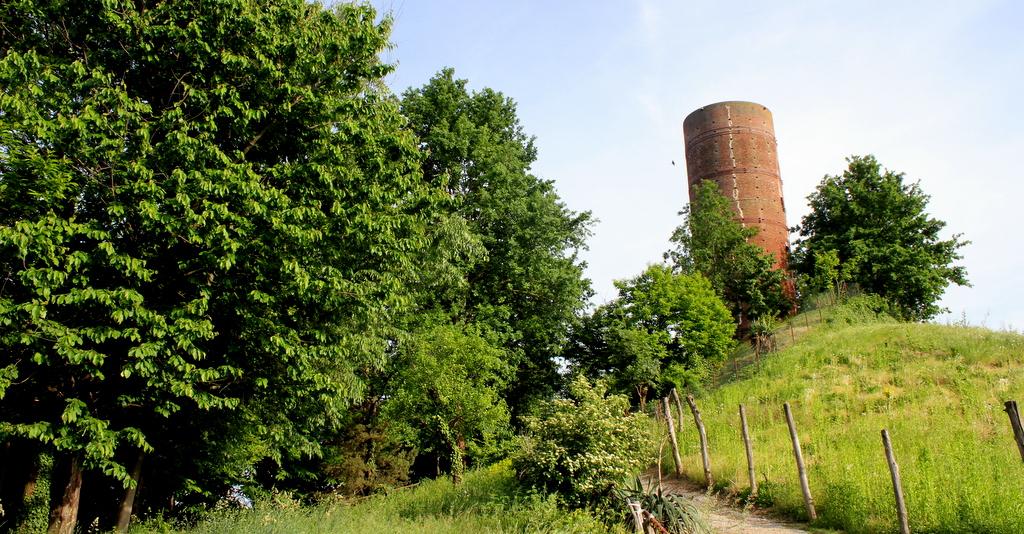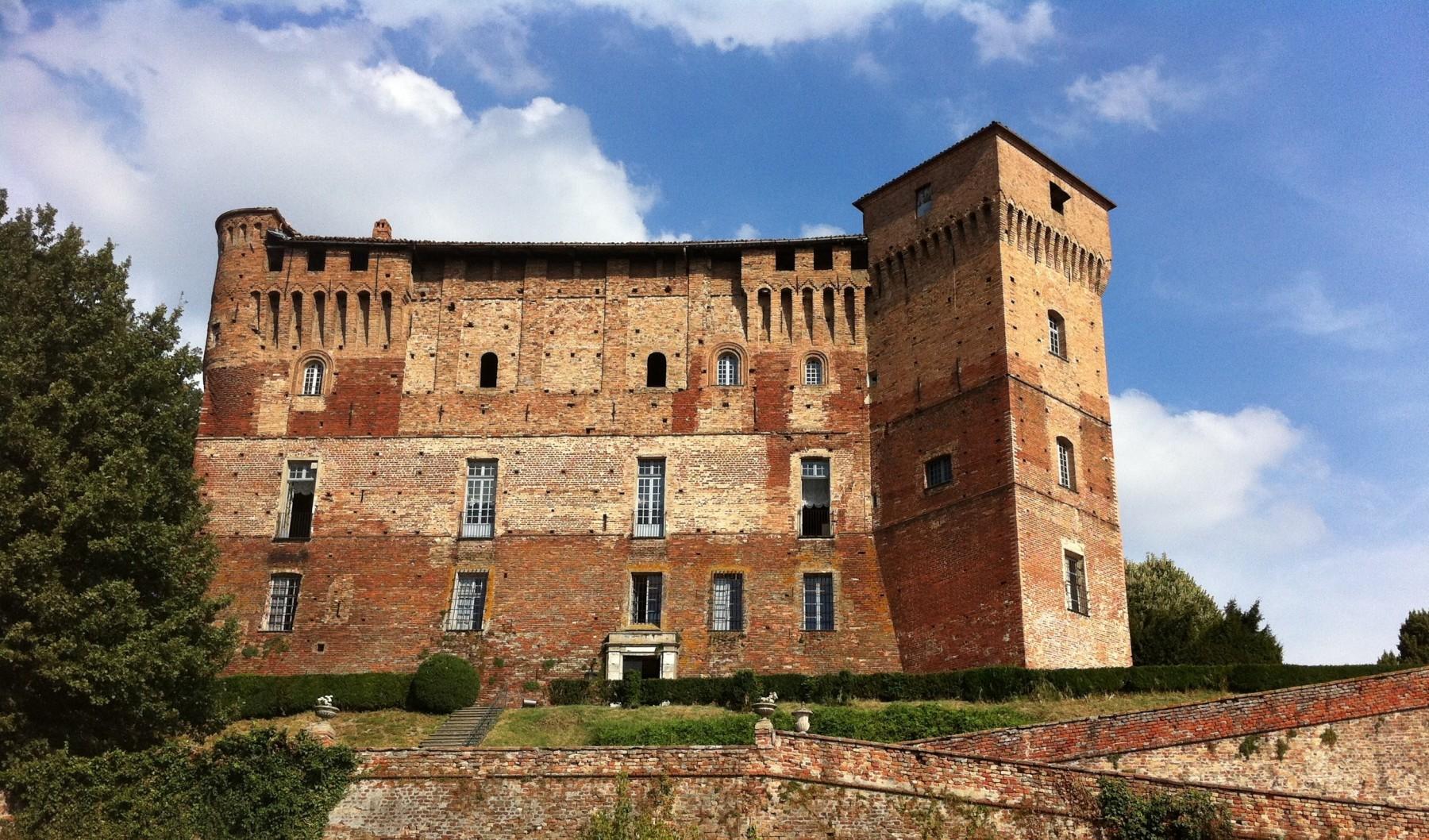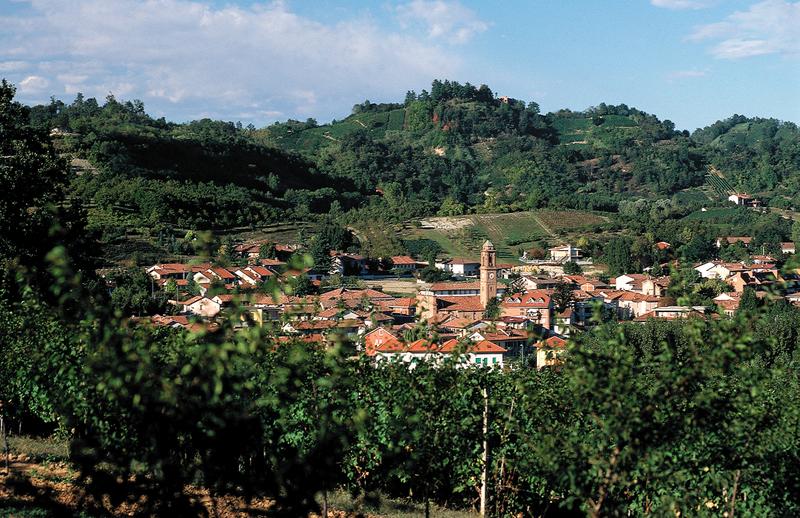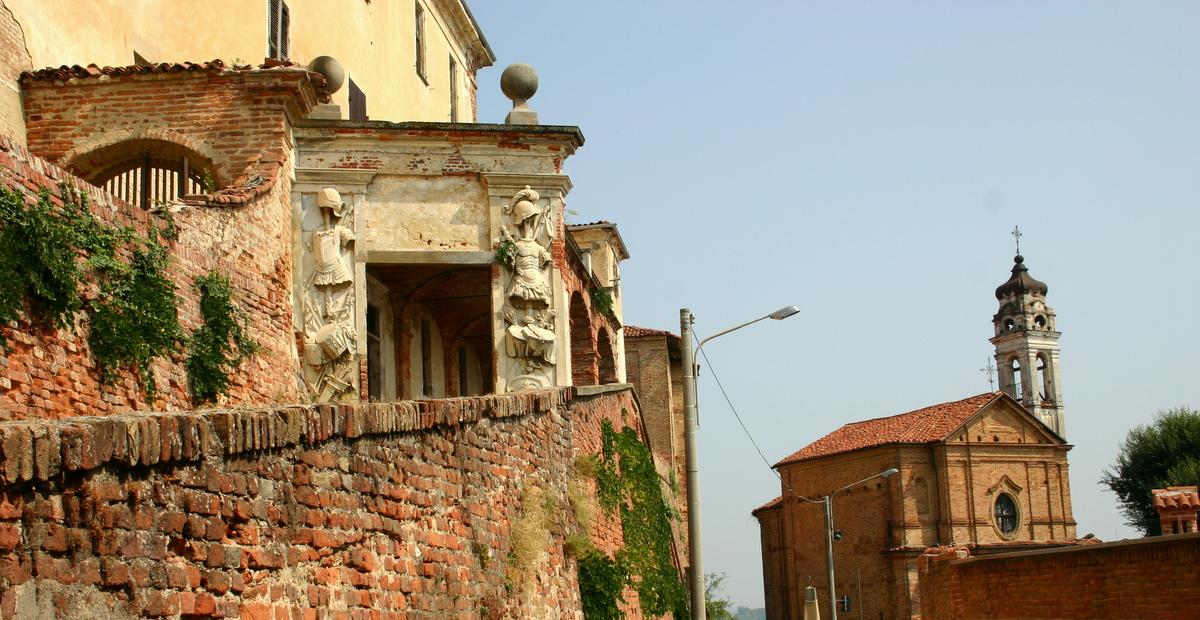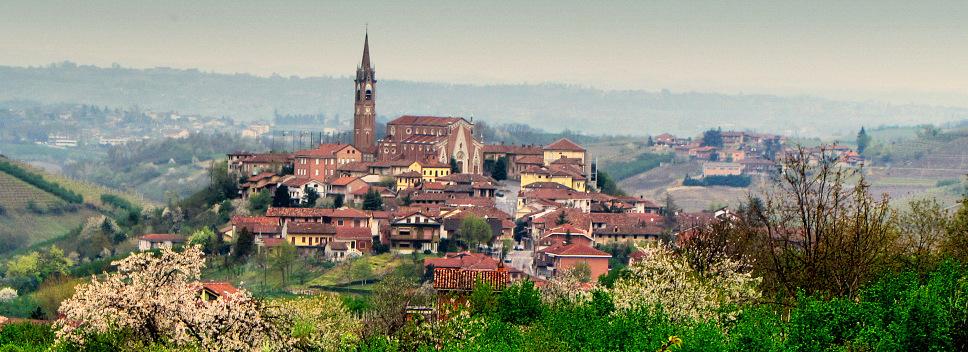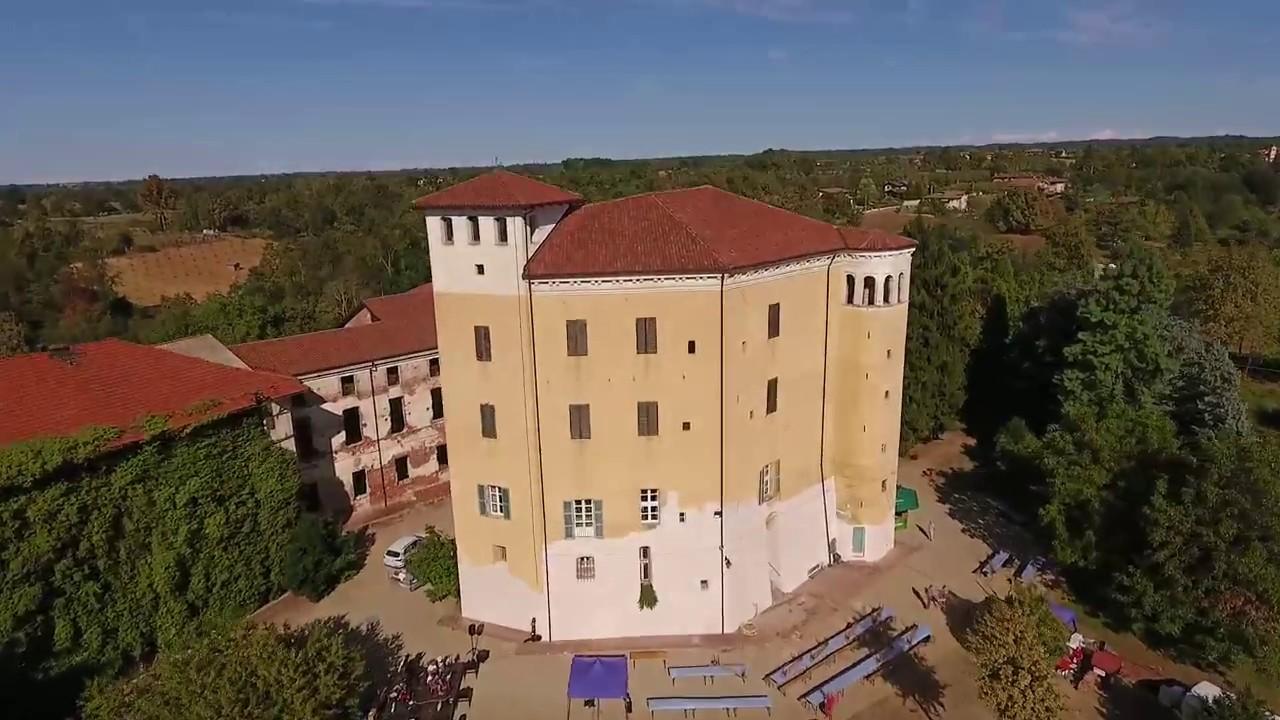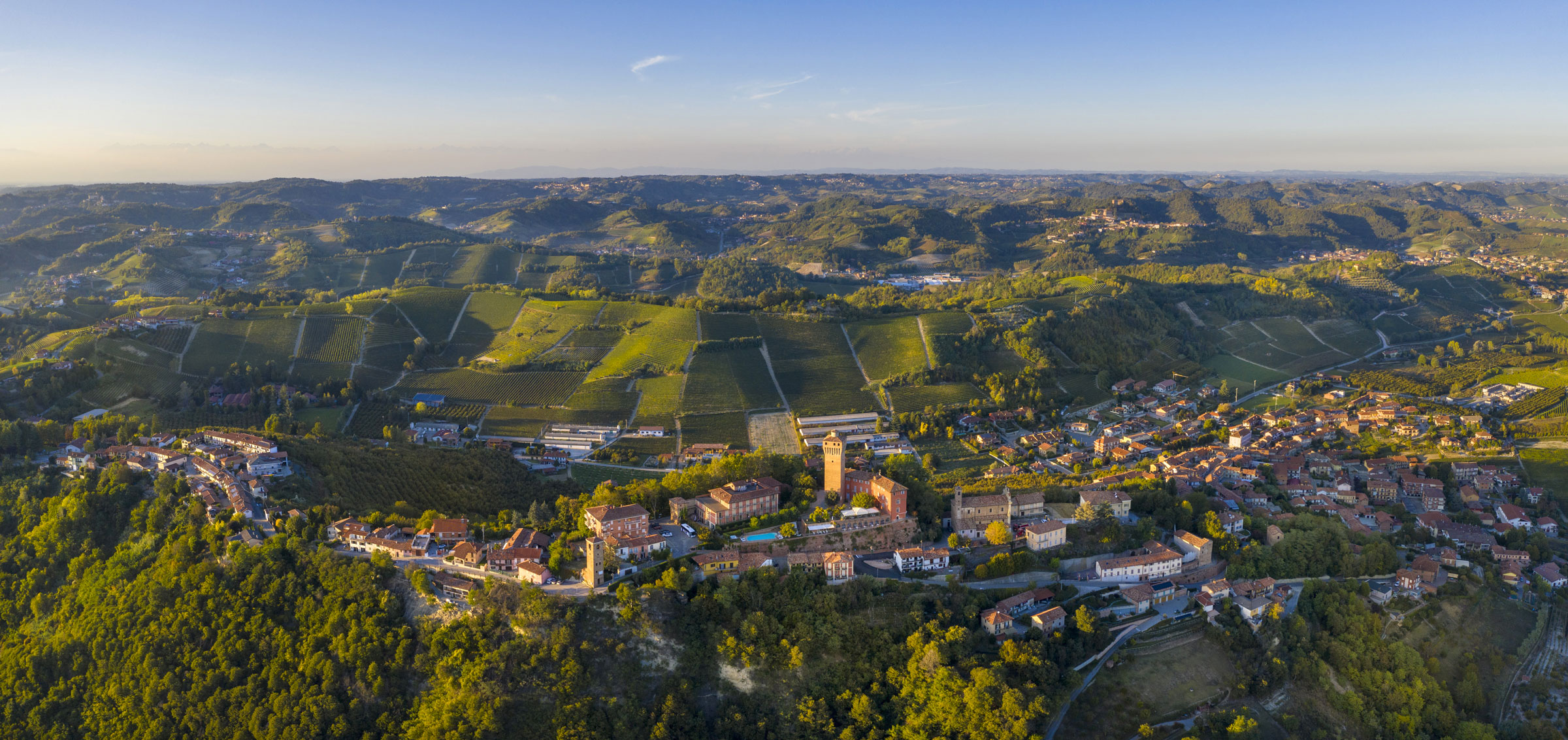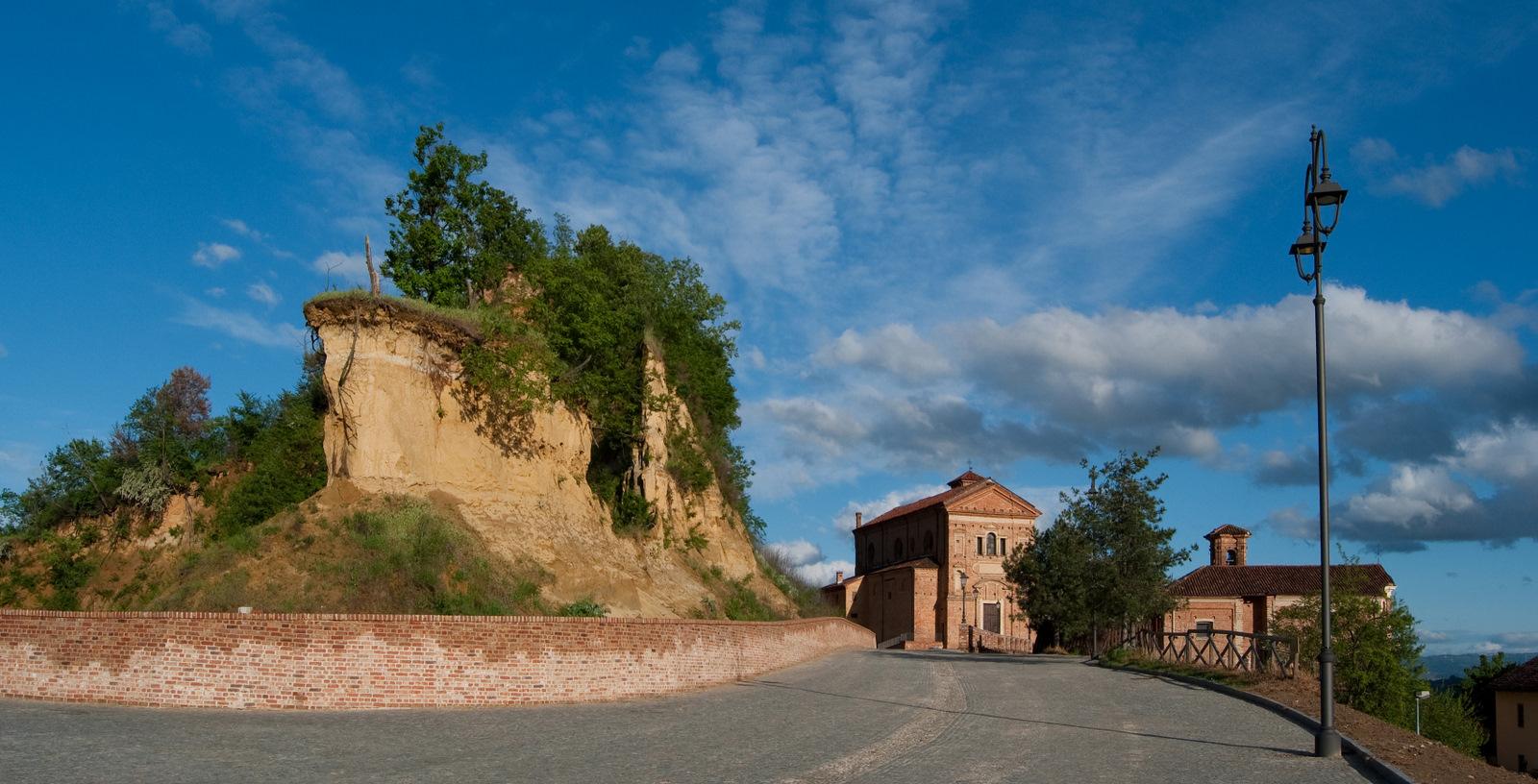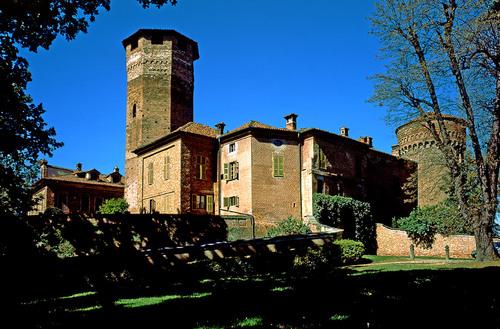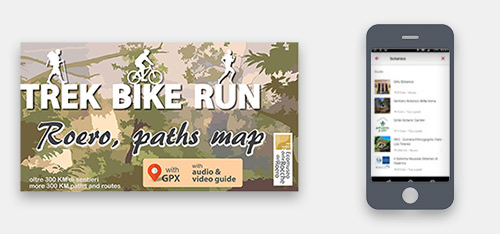WHERE IS ROERO
Situated in the south Piedmont, Roero is the part of hills that lines the left side of Tanaro river, which separates it from Langhe area up to Torino and Asti districts. Human activities, cultivations and historical villages here integrate themselves in a wild country of deep vegetation and rough hills. The Roero noble family of Asti, that in medieval times owned most of castles and lands, gave the name to the territory. A name that recall the great DOCG wines, Roero and Roero Arneis.
BALDISSERO D'ALBA
WHAT TO SEE. COLONNA CASTLE. Built in the late 14th century, and partially rebuilt at the end of the 16th century by Colonna family, it was finally rebuilt in its today neo-Gothic form in about 1860. It'a private castle. SANTA CATERINA. Parish church, rebuilt in its present baroque form in 1711-1712. The [...]
Bra
Bra is the Roero’s capital, it host Slow Food –a organisation that promote the slow discovering of real flavours that characterise our land. The city is rich of builings and churches, is an important centre of the Piedmontese Baroque. HISTORY In this area the human presence is assessed [...]
CANALE
Heart of Roero hills, Canale enchants with its ancient wine-cellars and its many historical small shops.The historical centre preserves the ancient structure of the "villanova" (characterized by orthogonal streets and arcades along the main road) that the Municipality of Asti created in 1260 to conduct [...]
Castagnito
Composed of two distinctly diverse environments – plain area and hilly environment – the Castagnito territory is interesting for more than one reason. Further than having excellent wines, Castagnito offers to the visitor typical and of high quality fruit and vegetable products. The concentric [...]
Castellinaldo
Castellinaldo is a small uphill town mostly dedicated to the viticulture: the 63 % of its lands are vineyards. From the balcony of the historical centre there is a suggestive view on cultivated landscape, formed by geometrical hills crossed by sinuous lines. Wineries of Castellinaldo offers visits and [...]
Ceresole d'Alba
Ceresole d'Alba is a little village of two thousand habitants and it is the northern municipality in the Roero area. Today Ceresole is an important centre for livestock and agricultural productions, important also for a special typical product: the tench. HISTORY The first witnesses of human activity in this [...]
CISTERNA D'ASTI
The territory of Cisterna d'Asti is mostly made up of woods and wineyards. It is the only village in Roero that is part of the Asti's province, and it is the last village on the top of the Rocche. It has ancient origins, once surrounded by walls, and dominated by the Castle and the ancient parish church. The main [...]
Corneliano d'Alba
It’s a town located in the central Roero zone, extended on the hill slopes of the Riddone’s Creek valley. Since the beginning, it’s been a town that’s always been very famous for its merchant calling linked to the town fairs of local agricultural products, such as peaches and [...]
Govone
Located halfway between the cities of Alba and Asti, it dominates the entire Tanaro River’s valley from the top and it was already a very important transport route in the roman age. The convenient position increased the number of craft and industrial businesses especially in the Canove village. Govone is the [...]
Guarene
The town of Guarene is one of the most elegant and refined historical centre of the whole Roero. The top village is exposed to a natural panoramic balcony on the Tanaro river's valley. The upper part of the village is dominated by the baroque castle, projected and built in the eighteenth-century by Carlo Giacinto, [...]
Magliano Alfieri
Magliano Alfieri, a town that rise-up on a 328 meters above sea level hill, on a natural panoramic balcony on the Tanaro river's vally, has its most interesting monuments in the upper historical centre. The castle, majestic palace built by Alfieri Counts in the Seventeenth century, houses two Museums open to the [...]
Montaldo Roero
MONTALDO ROERO - SIGHTSEEING: Medieval cylindrical towerEmblem of the village, is an impressive building thirty meters high and with a diameter higher than eight meters and a half, built by Roero around 1374 near a more ancient castle which belonged to the “de Montaldo”, castellans of the Bishop of [...]
MONTA' D'ALBA
MONTA‘ – HISTORY The presence already in the Roman period of an important access road departing from the ascent (the montata fangi) and the ancient findings attest a remote interest for the area. Around the year 1000, there was the beginning of the creation of the “villa” (between the [...]
MONTEU ROERO
MONTEU ROERO – HISTORY It is indicated in places name that the area was inhabited since the prehistory. During the Roman period, the territory was crossed by a “strata”, controlled by a casteller nowadays disappeared. In the Middle Ages, a lot of importance was given to the castle of Pulciano [...]
Monticello d'Alba
It is located in the central zone of the Roero area and it has a wonderful view dominated by the Counts Roero’s castle, and it’s characterized by a medieval old town and by a web of walks that lays out and reaches the adjacent municipalities. BACKGROUND HISTORY The municipality’s [...]
Piobesi d'Alba
Not far from Alba (5 km), Piobesi d’Alba is the smallest town of the Roero area, for both the territory and the number of inhabitants. The town is characterized by a special calling for wine and there are a lot of companies that produce excellent DOCG, renowned distillates and truffle-based products in this [...]
POCAPAGLIA
POCAPAGLIA – HISTORY Its beautiful position on the hills at the limits of the plain of Tanaro stands at the origin of a continuity of witnesses which begin from the prehistory and extend themselves in the Roman period because of the neighborhood to the Roman city of Pollenzo. The first written documents [...]
Priocca
A small village developed in lenght, dominated by the imposing parish Church, that stand out on the top of the hill. The belfry, 40 meters high, and rebuilt in neo-gothic style, marks Priocca from afar. WHAT TO SEE: -Santo Stefano. Parish church that earlier was castle's chapel, [...]
Sanfrè
Sanfre’ is a municipality with just over 3000 inhabitants located on the edges of the Roero territory, of which we start having information in the eleventh century under the name of Castrum Sifridi or Sigifridi: initially it was land of the De Brayda and then it became a fief of the Isnardi. His name’s [...]
Santa Vittoria d'Alba
You can clearly see the village on the unmistakable cliff that overlooks the Tanaro Valley, in the tract between Bra and Alba, to underline its belonging to the Roero territory, with a privileged view on the Langhe. The town is made up of different residential areas, starting with the Villa, historic settlement with [...]
SANTO STEFANO ROERO
S.STEFANO ROERO – HISTORY Some archeological finds testify of Liguria, Roman and Lombard settlements in the zone. A document dated 1065 certifies the donation of some possessions infra castro de Sancti Stefani" from [...]
Sommariva del Bosco
Sommariva Bosco is a village at the beginning to the Roero area, borned on the first hill which border to the lowland of Cuneo. It collect all the typical characteristics of the Roero area. BACKGROUND HISTORY At the beginning of the XIV century the village was under the control of the Acaja [...]
SOMMARIVA PERNO
Sommariva Perno is one of the eight towns located on the top of the Rocche that has a huge calling for the outdoors: the Roero Forest Park, located in its territory, it’s the proof. The town is characterized by a concentric (village) that, grouped around the Mirafiori Castle and around the parish churches and [...]
Vezza d'Alba
Vezza d’Alba is a town of ancient origins located in the central Roero area, and the Rock where once stood the Castle is now one of the panoramic steps of the Langhe and Roero’s Strada Romantica. Surrounded by woods and vineyards, Vezza d’Alba is the Natural Museum’s headquarter in the Roero [...]




